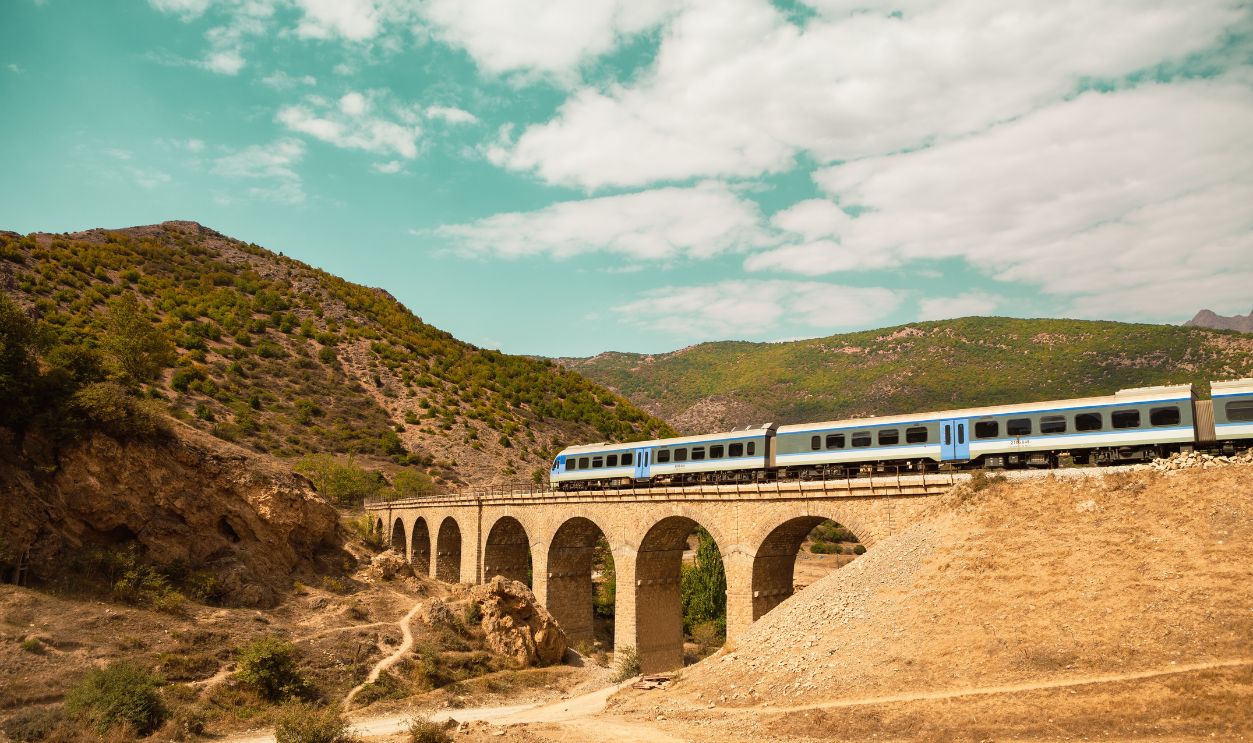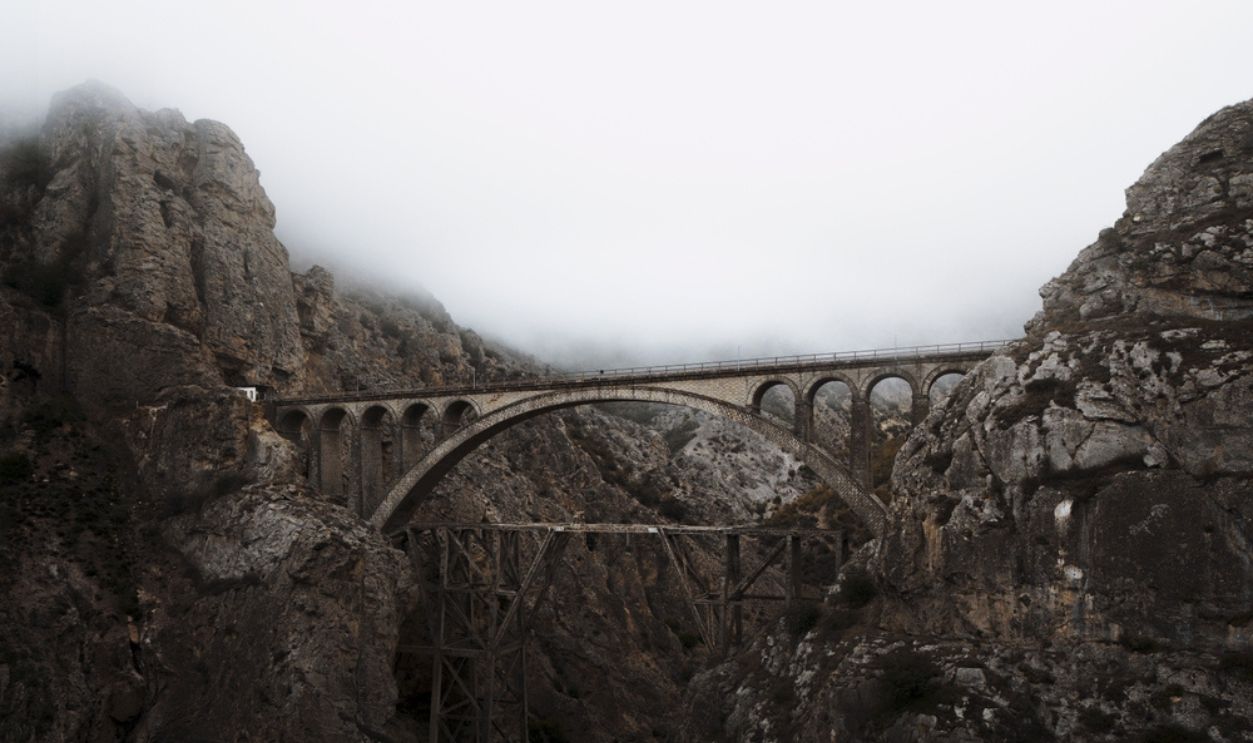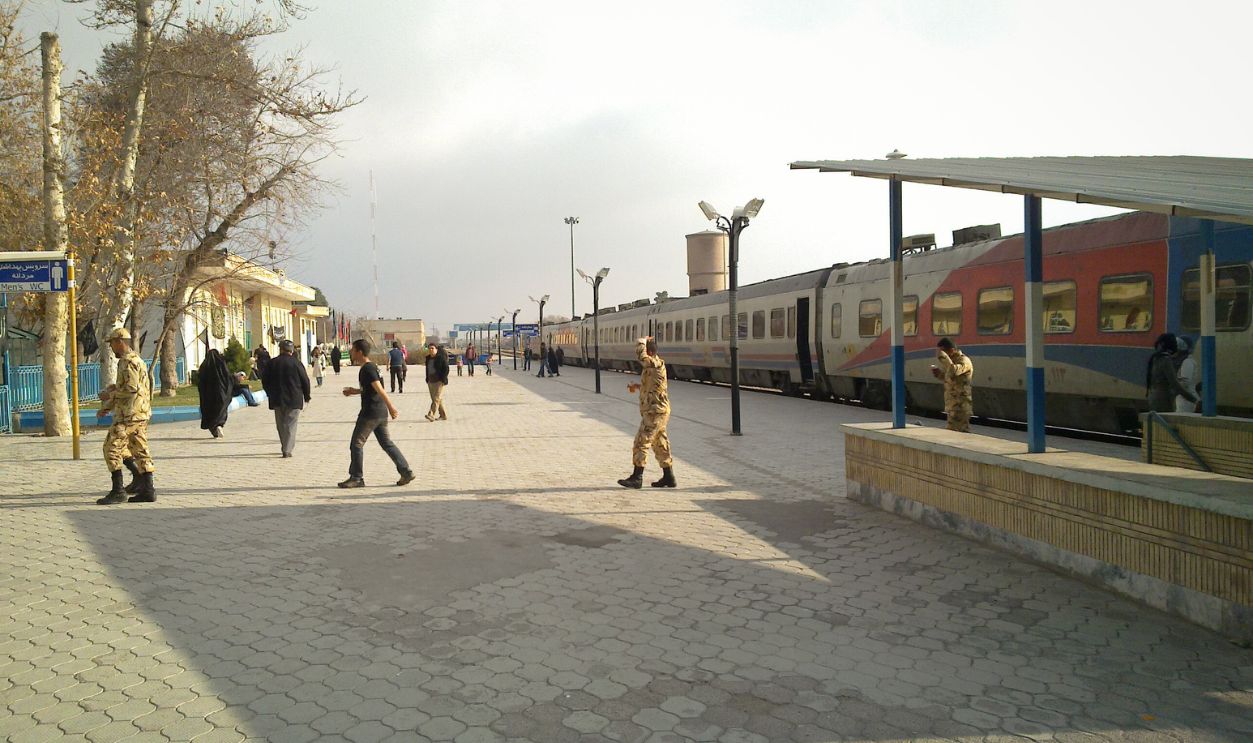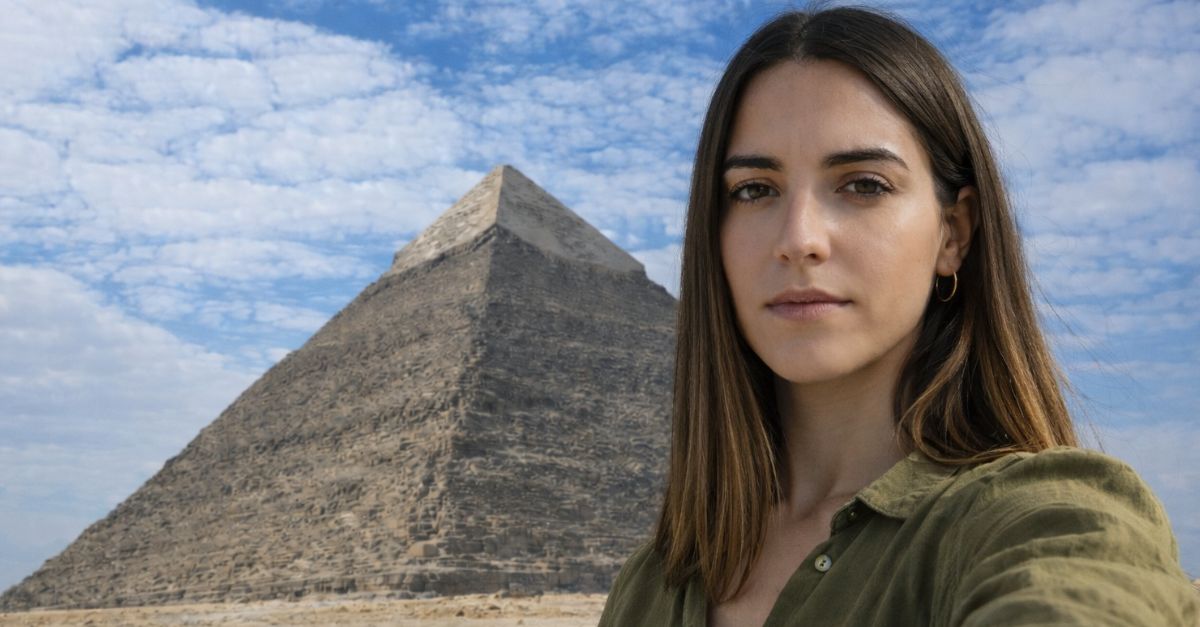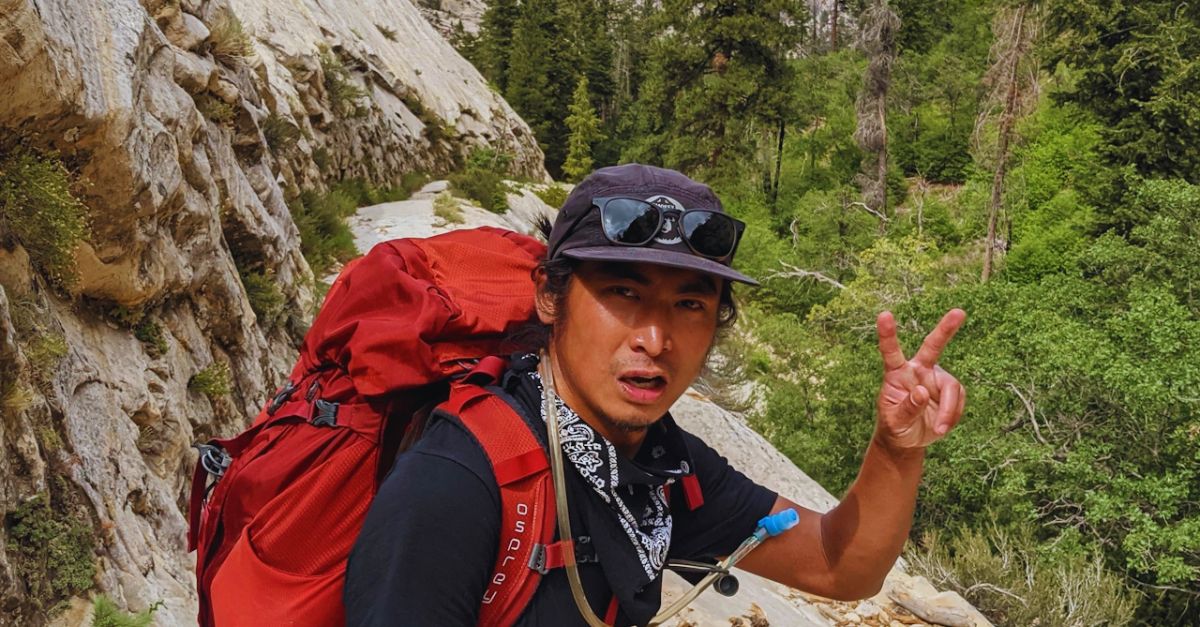Exploring Iran On A Train
What do you know about Iran? Not just the politics but how people live there? A train trip through Iran's mainland is a good way to shed light on a nation of discretion and contradictions.

Iran Is A Land With A Rich History
Traveling through Iran is a chance to experience the country's rich history and magnificent landscapes. Everything is colorful and unique, which makes the journey one of a lifetime, especially if you're a foreigner visiting this mysterious land for the first time.
 Hamid Hajihusseini, CC BY 3.0, Wikimedia Commons
Hamid Hajihusseini, CC BY 3.0, Wikimedia Commons
Memories Through The Window
Flying is fast and convenient, but trains let you savor the journey. Many people travel by train, especially when not in a hurry, as they can enjoy the views. It can also bring a lot of good memories.
Convenient And Informative
For a country like Iran, the train is a convenient way to learn about its economy, culture, and how the people live. It makes several stops, which sheds more light on one of the biggest kingdoms in the ancient world.
Trains Provide More Benefits
Taking a train in Iran provides more benefits than enjoying the splendid views. The challenging terrain of Iran makes the roads unsafe. With too many accidents, the train is a safe option for long journeys that cover hundreds of kilometers.
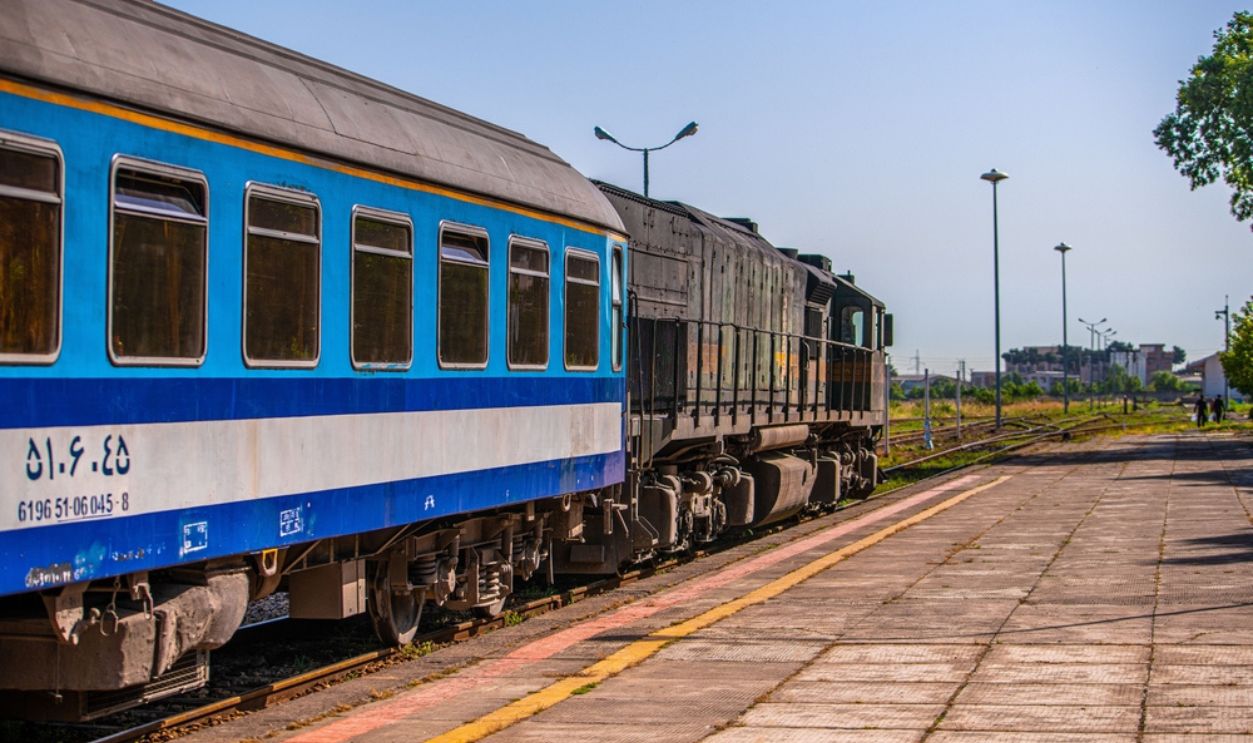 Wirestock Creators, Shutterstock
Wirestock Creators, Shutterstock
The Railway Is An Important Employer
The Iranian Railway is an important employer. Many cleaning, maintenance, and operational workers, in addition to engineers and other specialists, guarantee that the system stays functional. Their dedication to work guarantees that thousands of people can travel safely.
Those Who Work In The Railway Are Considered Lucky
Unofficially, Iran has an unemployment rate of 20%. As a result, a secure job with the National Iranian Railway is highly sought after, even if it involves hard work. Maintenance work is usually physically draining, yet many apply for jobs when available.
Borrowed From The Germans
Most trains in Iran were borrowed from Germany, and some were reconstructed. Due to the economic hardships, Iran's railways suffered for years, but passengers can now access cleaner and more comfortable rides with assigned seating to eliminate conflicts.
A Huge Step For The Iranian Economy
By the time Reza Shah rose to power, Iran was a weak agricultural country, and he wanted to change that. He believed that stretching railways would help transform it into a regional industrial force, so he raised a tax on sugar and tea for the project.
 Unknown Author, CC BY-SA 4.0, Wikimedia Commons
Unknown Author, CC BY-SA 4.0, Wikimedia Commons
Building A Railway Was A Must For The Oil Industry
Oil was discovered in Iran about 100 years ago, and the railway was needed to transport it to the ships in the Persian Gulf. Although it wasn't meant to transport people, today, millions of people and machines travel to and fro on the tracks he built.
 Tasnim News Agency, CC BY 4.0, Wikimedia Commons
Tasnim News Agency, CC BY 4.0, Wikimedia Commons
Several Structures Were Constructed
The challenging terrain represented a big challenge. Engineers had to manipulate natural structures that went 2000 meters above sea level. Building bridges like the Veresk Bridge, the highest railway bridge in Iran, made it possible.
 Mjforoughi, محممدجواد فروغی, CC BY-SA 4.0, Wikimedia Commons
Mjforoughi, محممدجواد فروغی, CC BY-SA 4.0, Wikimedia Commons
The Shah Was Skeptical
The massive structure looked impressive but alarming, and Reza Shah wanted to ensure its safety. He asked the engineer who designed and built the bridge to stand under it with his wife and daughter as the first train crossed.
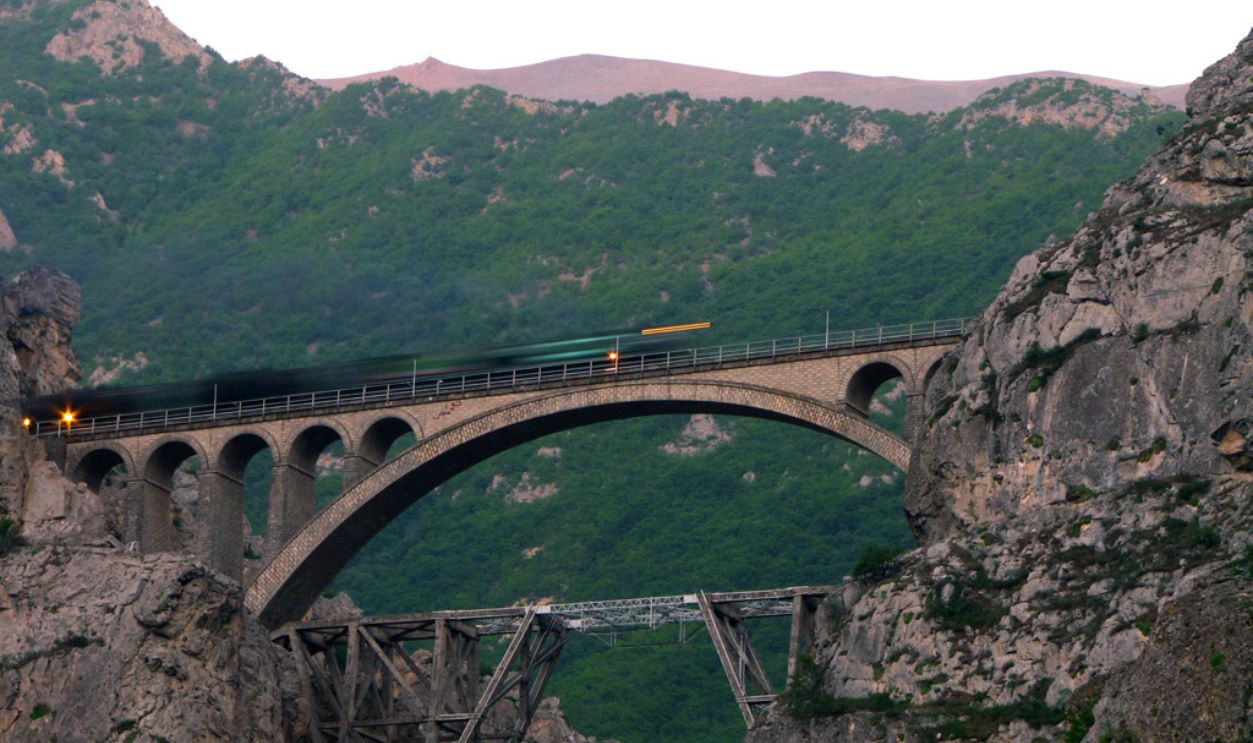 Alireza Shakernia, CC BY-SA 3.0, Wikimedia Commons
Alireza Shakernia, CC BY-SA 3.0, Wikimedia Commons
The Project Took 11 Years
Building the trans-Iranian railway took 11 years, with 4100 bridges and 230 tunnels made to navigate the country's challenging terrain. Despite the huge construction cost, the project decreased the cost and time needed to transport oil by 80%.
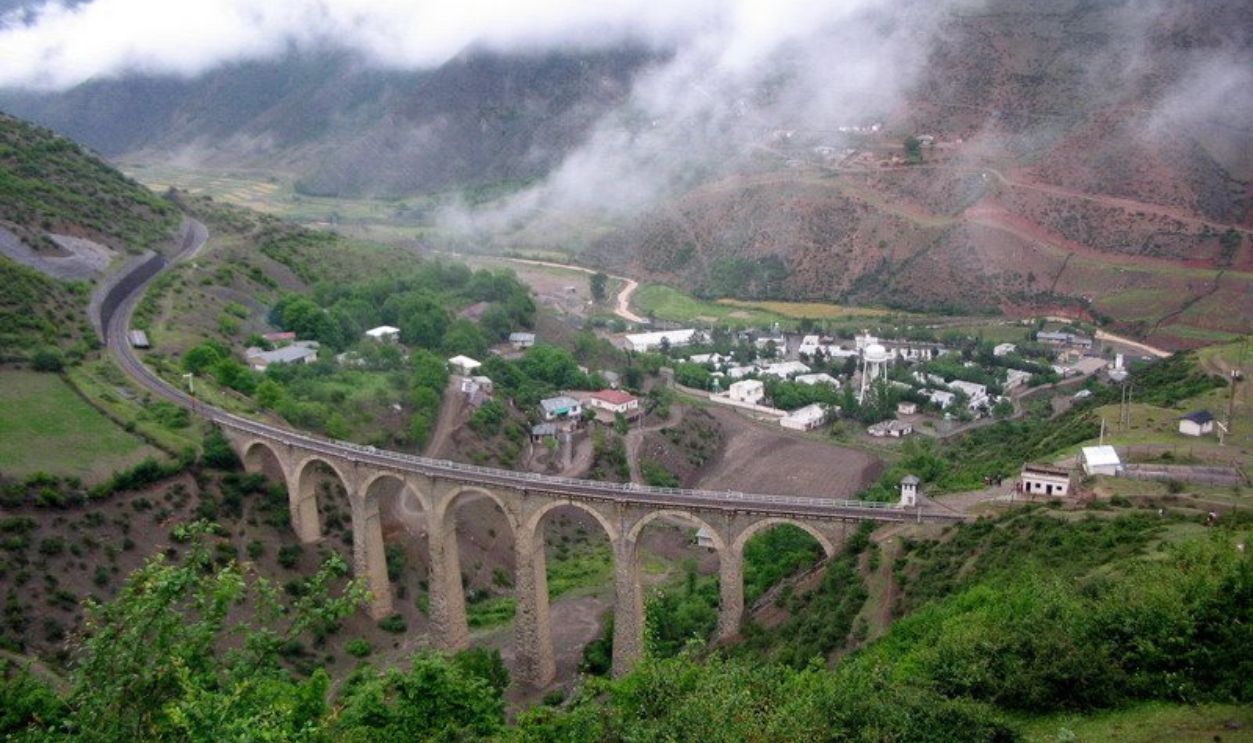 Unknown Author, Wikimedia Commons
Unknown Author, Wikimedia Commons
Trains Played A Historical Role
During WW2, trains transported weapons and soldiers. At this time, mines were founded to fuel steam trains with coal. In 1941, Britain and Russia invaded Iran and took over the trans-Iranian railway, which was used to create a transport corridor.
 Nick Parrino, Wikimedia Commons
Nick Parrino, Wikimedia Commons
They Changed The Course Of The War
Trains passing through the Persian Corridor transported 646 boatloads of war equipment from the Persian Gulf to the Caspian Sea, allowing the Red Army to launch a decisive offensive against Germany in 1944.
Modern Trains Are Something Else
Iran invested a lot in modernizing the railway and bought new carriages from Hyundai. They're more comfortable and convenient, despite remaining affordable. It's now quite common to see people sleeping undisturbed on the train during long trips.
Men And Women Sit Together
Although men and women are segregated on buses and metro lines, they get to sit together and opposite each other on the train. Many people book private cabins where they can enjoy privacy and maybe have a quick nap.
 Franco Pecchio, CC BY 2.0, Wikimedia Commons
Franco Pecchio, CC BY 2.0, Wikimedia Commons
Iranians Are Friendly Towards Tourists
A famous Iranian proverb says that a guest is a beloved of God. As a result, Iranians are extremely friendly towards tourists and will often offer you food or drinks as long as you show respect for their culture and traditions.
Starting At Shatt Al Arab
What was once fought over now marks the beginning of the journey. You can travel through Iran, starting at Shatt Al Arab, the river that separates Iraq from Iran. The city of Abadan, where the journey begins, has now recovered from the destruction it endured during the Iraqi-Iranian war.
Leaving At Khorramshahr
The train starts moving from Khorramshahr and heads north on a 1400 km journey that ends at the Caspian Sea. Today's railways were once Reza Shah's prestigious project. Despite the end of the monarchy, Iranians still feel grateful.
 Hadi Abyar, CC BY 4.0, Wikimedia Commons
Hadi Abyar, CC BY 4.0, Wikimedia Commons
The Journey Includes Unscheduled Stops
In our modern times, travelers should be ready for some unscheduled stops. These halts are for prayers and usually last around 20 minutes. Iran's official religion is Islam, and people pray in the prayer rooms at every station.
 Rolf G Wackenberg, Shutterstock
Rolf G Wackenberg, Shutterstock
The Railway Passes Through Shushtar
As you go on the journey, you'll pass through the city of Shushtar—a UNESCO World Heritage Site. It's the location of a historical irrigation system made of multiple dams and bridges, built in the 3rd century.
 Iman Yari, CC BY-SA 4.0, Wikimedia Commons
Iman Yari, CC BY-SA 4.0, Wikimedia Commons
The River Continues Through The Mountains
The trans-Iranian trip heads to the Zagros Mountains, passing through the Dez River Valley for 70 kilometers. This is one of the most scenic stretches of the entire route, where travelers can enjoy the views of different landscapes.
 Mandana-r, CC BY-SA 3.0, Wikimedia Commons
Mandana-r, CC BY-SA 3.0, Wikimedia Commons
The Highest Point
This journey reaches the highest point on the route, at 2217 meters above sea level, right in the middle of the Zagros Mountains. After that, it reaches Qom, a highly religious city. This is where most Iranians come to visit one of the most popular Shiites' holy places.
 Tasnim News Agency, CC BY 4.0, Wikimedia Commons
Tasnim News Agency, CC BY 4.0, Wikimedia Commons
Heading To A Pilgrimage Site
Many visitors come to Qom to visit the shrine of Fatimah bint Musa, a holy site in the Shiiet's faith. With about 20 million visitors, the city's economy flourishes, especially for street vendors selling Sohan, a traditional Persian dessert.
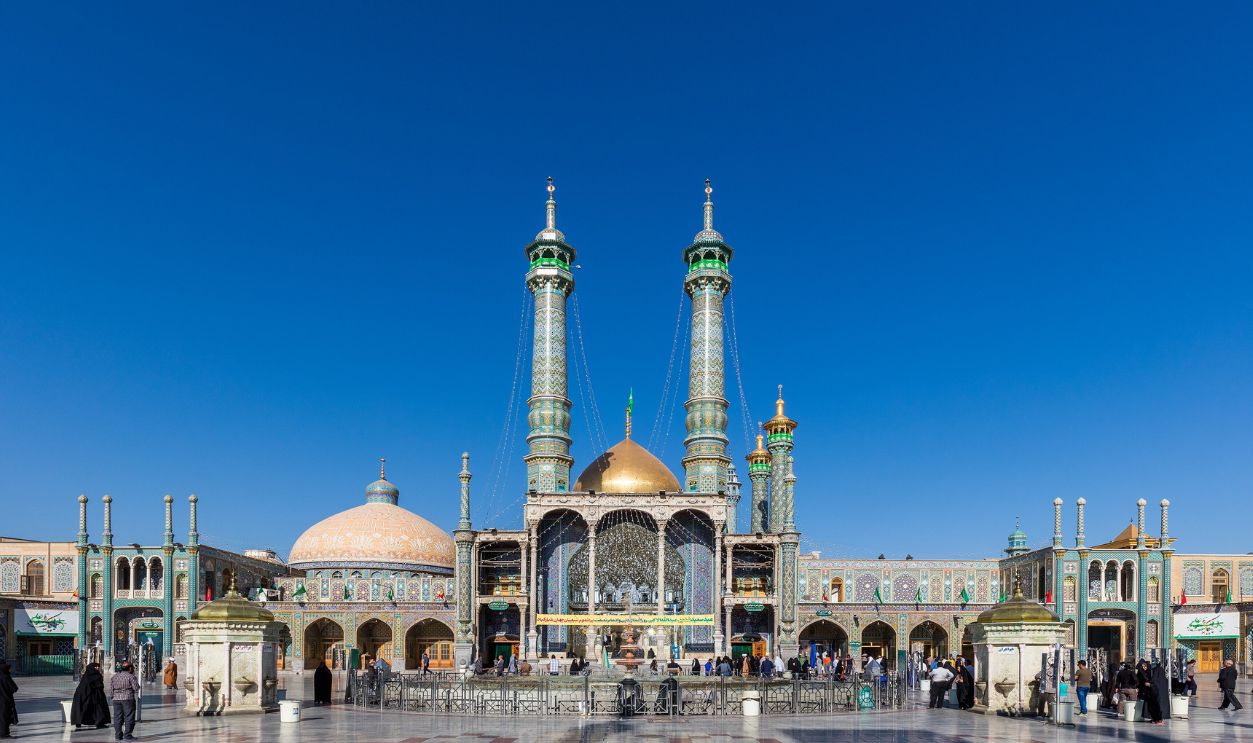 Diego Delso, CC BY-SA 4.0, Wikimedia Commons
Diego Delso, CC BY-SA 4.0, Wikimedia Commons
It's Time For A Change
Leaving the traditional trains behind, the trip continues from a station outside Qom. This is where travelers experience high-speed trains. However, the locals aren't big fans since there's no fencing and people can step on the tracks, subjecting their lives to danger.
 Tasnim News Agency, CC BY 4.0, Wikimedia Commons
Tasnim News Agency, CC BY 4.0, Wikimedia Commons
On The Way To Tehran
The train races through the desert while travelers enjoy a state-of-the-art ride. This fast train was built by Siemens with a max speed of 160 kilometers per hour. The tracks follow the Silk Road with magnificent views you can enjoy from the air-conditioned cabins.
 Milad Mosapoor, Wikimedia Commons
Milad Mosapoor, Wikimedia Commons
It Passes By Caravanserais
At this point in the trip, encountering caravanserais or roadside inns is pretty standard. In the past, when people traveled on horses and camels, they spent the night in these caravanserais. It's common to find a caravanserai every 30 to 40 kilometers along the route.
 Bernard Gagnon, CC BY-SA 4.0, Wikimedia Commons
Bernard Gagnon, CC BY-SA 4.0, Wikimedia Commons
The Train Reaches Tehran
The train finally makes it to Tehran, Iran's capital, after traveling 900 kilometers. When Reza Shah came to power in the '20s, Tehran had a population of about 250,000. He modernized the city, attracting more people. Today 8 million people call it home.
 Kabelleger / David Gubler, CC BY-SA 4.0, Wikimedia Commons
Kabelleger / David Gubler, CC BY-SA 4.0, Wikimedia Commons
The Bazaars Of Tehran
Tehran is famous for its enormous bazaars that stretch over several kilometers. Each one contains several hundred shops and creates thousands of jobs for Iranians. The shop owners played a big role in transforming the country's economy by supporting the Islamic Revolution in 1979.
Guardians Of Public Morals
Seeing Guardians of Public Morals is quite common in every Iranian bazaar. They ensure that women cover their heads using headscarves, including female tourists. Locals and tourists must follow the rules to avoid legal consequences.
 Fars Media Corporation, CC BY 4.0, Wikimedia Commons
Fars Media Corporation, CC BY 4.0, Wikimedia Commons
Visiting An Ancient Station
While in Tehran, tourists and locals can visit an abandoned station that connects Tehran to Shah Abdol-Azim's Shrine in Rey. It was built in 1888, which makes it a cornerstone of Persia's first railway.
 Unknown Author, Wikimedia Commons
Unknown Author, Wikimedia Commons
Thousands Visit The Shrine
The shrine was built at an ancient Silk Road intersection 1000 years ago. Since then, it has maintained its status as one of the holiest places in Iran. As a matter of fact, it's the fourth most important pilgrimage site in Iran.
 Arosha-photo , CC BY-SA 4.0, Wikimedia Commons
Arosha-photo , CC BY-SA 4.0, Wikimedia Commons
A Sacred Burial Place
The Shah Abdol-Azim's Shrine is the burial place of many Shiite scholars and their descendants. Non-Muslims aren't allowed to take a closer look at the shrine, and there are restrictions on photography, so tourists need to follow these rules.
The Train Wasn't That Popular
By the time this old railway was built, the locals weren't impressed with the train, which they called the smoke machine. Instead, they preferred to cover the 9-kilometer distance to the shrine on foot to avoid the crowds.
 Historical Railway Images, Flickr
Historical Railway Images, Flickr
Tehran's Railway Station Is Something Else
Back at Tehran's station, visitors are greeted by a massive Quran that workers clean constantly. No one can get onto the train without a valid ticket, and the platforms are open shortly before the train departs for the next part of the journey.
 NicholasNCE, CC BY-SA 4.0, Wikimedia Commons
NicholasNCE, CC BY-SA 4.0, Wikimedia Commons
A Stop At Cheshmeh-Ali
On their route to the Caspian Sea, travelers will cover 460 kilometers before reaching their final destination. However, they stop at Cheshmeh-Ali, where a large stream runs below a castle. The locals used to come here to wash rugs and bathe.
 Orijentolog, CC BY-SA 3.0, Wikimedia Commons
Orijentolog, CC BY-SA 3.0, Wikimedia Commons
Rug Cleaning Isn't That Common Anymore
Back in the day, most people came to Cheshmeh-Ali to clean their rugs as they believed the water had special qualities. However, most people have their rugs dry-cleaned today, and only a few still come to the location.
 tarikhirani.ir, Wikimedia Commons
tarikhirani.ir, Wikimedia Commons
Reaching The Caspian Coastline
After crossing the impressive Veresk Bridge, the train finally nears its final destination. Seeing rye fields is quite common, as locals use this grain to make bread. If you're lucky, you might get to enjoy some freshly baked bread with the locals.
Enjoying Some Iranian Food
The Iranian locals are quite friendly and won't mind inviting some strangers over for a meal, especially during the Holy Month of Ramadan. Many of their dishes depend on meat as the main ingredient, like Ghormeh Sabzi and Kobideh Kebab.
 Amin Majidi, CC0, Wikimedia Commons
Amin Majidi, CC0, Wikimedia Commons
Traditional Stew Is A Must Try
Iranians cook Stew as part of every meal. It's made of flour, rice flour, sugar, rose water, milk, and vanilla. The ingredients are mixed and cooked until thick, and most Iranians eat this to break their fast. Train travelers have permission not to fast during Ramadan.
 Tasnim News Agency, CC BY 4.0, Wikimedia Commons
Tasnim News Agency, CC BY 4.0, Wikimedia Commons
Reaching Bandar-e Torkman
The journey approaches its end at Bandar-e Torkman. This was once a Russian supply hub but is currently a small port on the Caspian Sea. A short walk on the old track will take travelers to the seashore but trains no longer pass this way.
 Hadi Karimi, CC BY 3.0, Wikimedia Commons
Hadi Karimi, CC BY 3.0, Wikimedia Commons
A Sea Tour
The Caspian Sea is the largest body of water inland, and a boat tour will show you some gorgeous islands that are considered protected nature reserves. It's quite common to see wild horses roaming across these islands.
 Earth Science and Remote Sensing Unit, NASA Johnson Space Center, Wikimedia Commons
Earth Science and Remote Sensing Unit, NASA Johnson Space Center, Wikimedia Commons
Reflections On The Journey
Although interviews are usually forbidden on the train, talking with the locals shows they're quite fond of their country. They have a different definition of freedom, where they value society and religious traditions over their desires.
The Trip Comes To An End
As our journey ends, we realize that there's more to Iran than what the media tells us. The people of Iran live by their own rules, but the new generations are open to change and what it might bring to their country.








